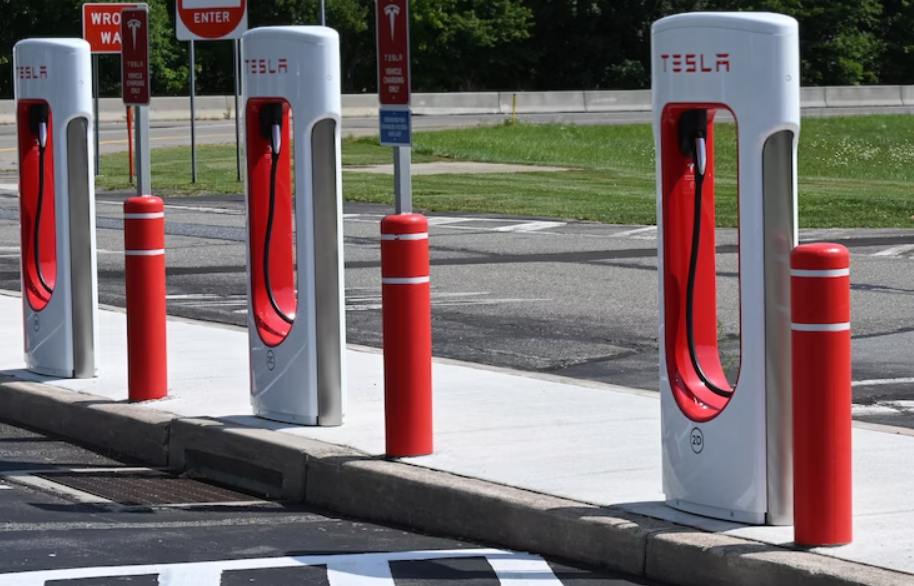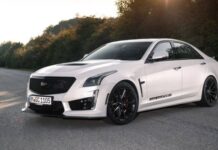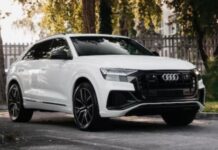Although the most recent studies suggest that the vast majority of customers do not actually need the long distances provided by the batteries in their electric cars, the demand for long-distance electric cars is still high. This is because the limited distance covered by electric car batteries per charge is considered one of the main barriers to the spread of electric cars.
For car makers, this presents a challenge since larger batteries are required to give longer ranges. However, heavier batteries add to the weight of the vehicle, increasing the risk of an accident and wear and tear on the roads.
However, it currently seems that there is a new technique that manufacturers may use to gain greater range without adding weight to the batteries. This technique involves altering the chemical process by which batteries in electric cars function, and it is anticipated that we will start to see this technique in production cars in the current decade.

How do electric car batteries work?
The lithium batteries now in use graphite electrodes, but in high-energy applications like electric automobiles, the lack of graphite density is a concern. However, by switching to silicon electrodes instead of graphite, the efficiency of the same battery may be increased by ten times. They have silicon electrodes, which reduce internal resistance, and speed up the charging process. As a result, these silicon batteries will go farther, weigh less, and provide a variety of other characteristics.
Reuters reports that Group 14 Technologies and Sella Nano Technologies have started working on a method to replace graphite in high-volume battery manufacture with silicon.
Porsche and Mercedes are preparing to conquer their supremacy.
Porsche has invested $100 million in Group 14, which will now have a carmaker as a client. The business anticipates starting manufacturing at its Moses Lake factory in 2024, with an initial output capacity of 200,000 electric vehicles. Soon after beginning, the business also intends to raise output to Trebled.
In contrast, Mercedes and Sella Nano have worked together, and Mercedes anticipates being the first client to purchase silicon batteries from the business in the automobile sector in 2025. Mercedes claims to have gone a step further and selected the automobile in which we will be using these contemporary batteries. As you may anticipate, dear reader, the car in question is an EQG SUV.
And if lithium-silicon batteries are found to be the answer to the issues with range and charging speed, then all automakers must be eager to switch to them. However, according to industry experts, it may take more than ten years before the entire sector switches from graphite to silicon in lithium batteries.


